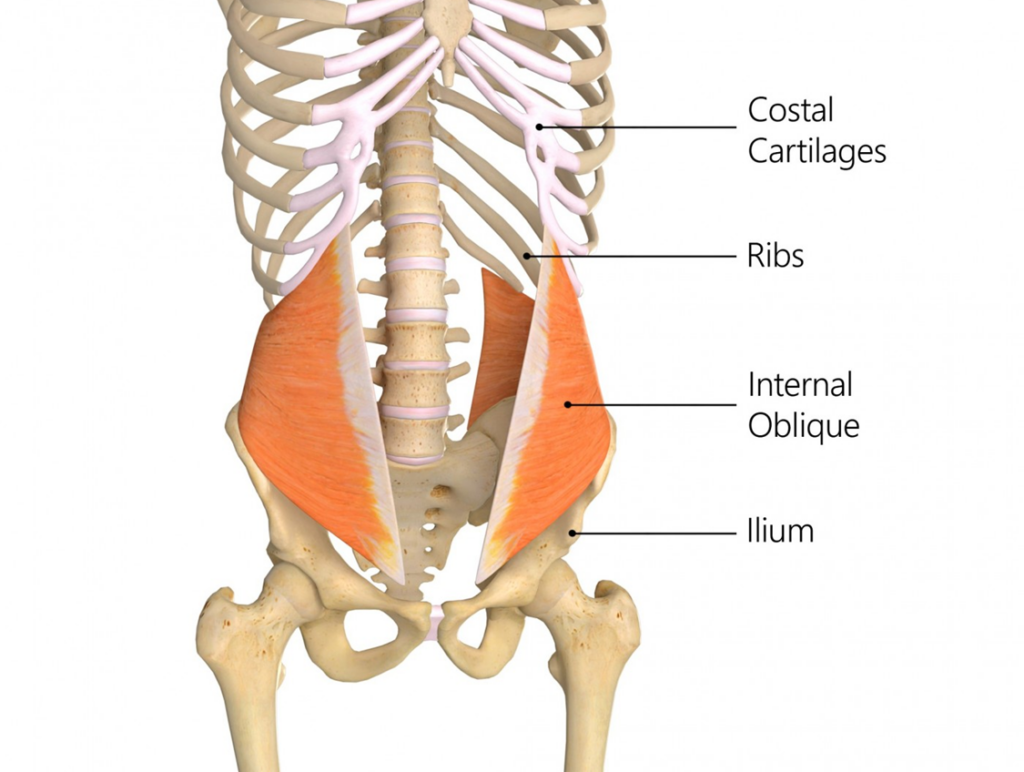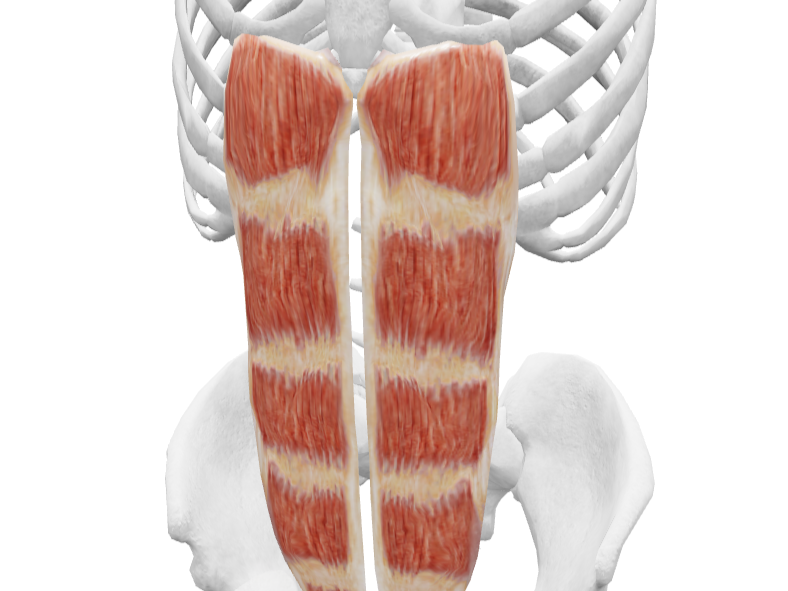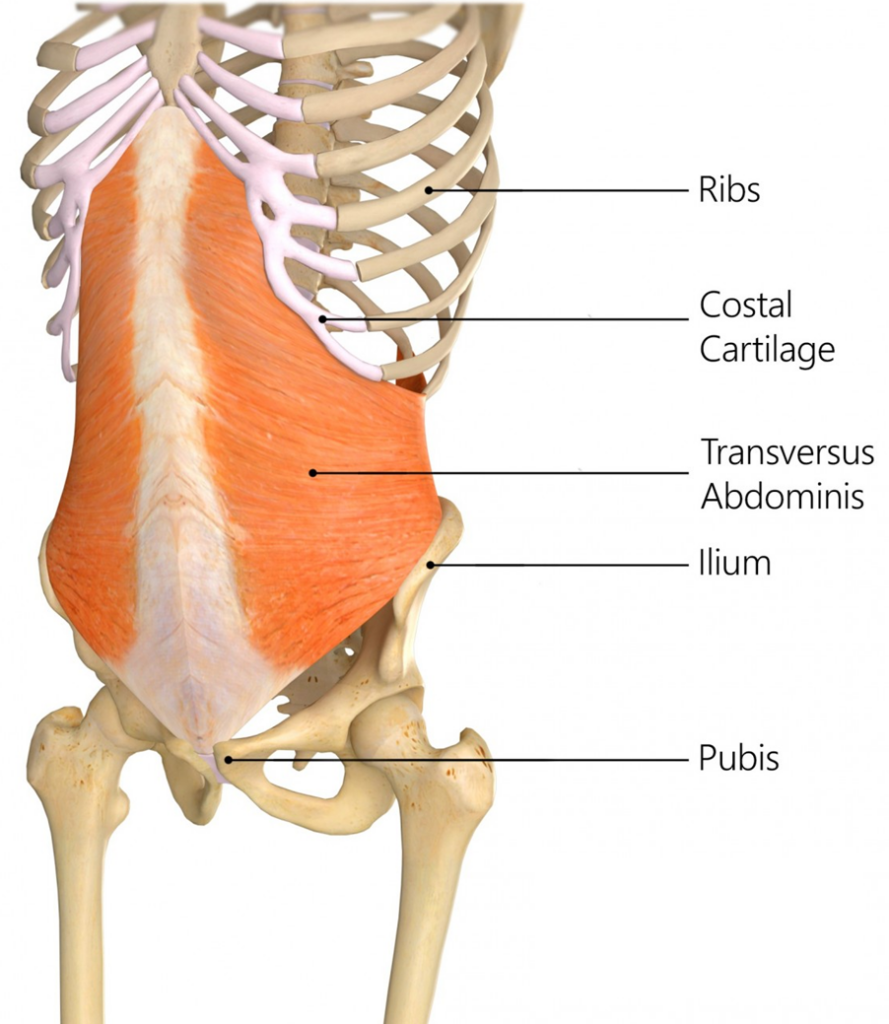
Learning Objectives
By the end of this section, you will be able to:
Identify, locate, and describe the origin, insertion and function of four abdominal muscles.
The following four muscles are described from superficial to deep:
1. External oblique
This broad, flat muscle covers much of the lateral trunk. Its fibers run downwards and forwards (toward the midline) It can be described as running inferiorly and medially (think of hands in your pockets).
2. Internal oblique
This is a broad, sheet-like muscle, located deep to the external oblique. Smaller than the external oblique, fibers of this muscle slope upwards and forwards. It can be described as running superiorly and medially (think of left hand on heart).
3. Rectus abdominis
This narrow muscle runs vertically on either side of the abdominal midline. It can be referred to as your ‘six pack‘. It consists of two parallel muscles separated by a connective tissue (linea alba).
4. Transversus abdominis
The innermost of the muscles of the abdominal wall whose fibers run almost horizontally around the abdomen from front to back. Locate the origin and insertion sites on the diagram to the right.




Leave a Reply